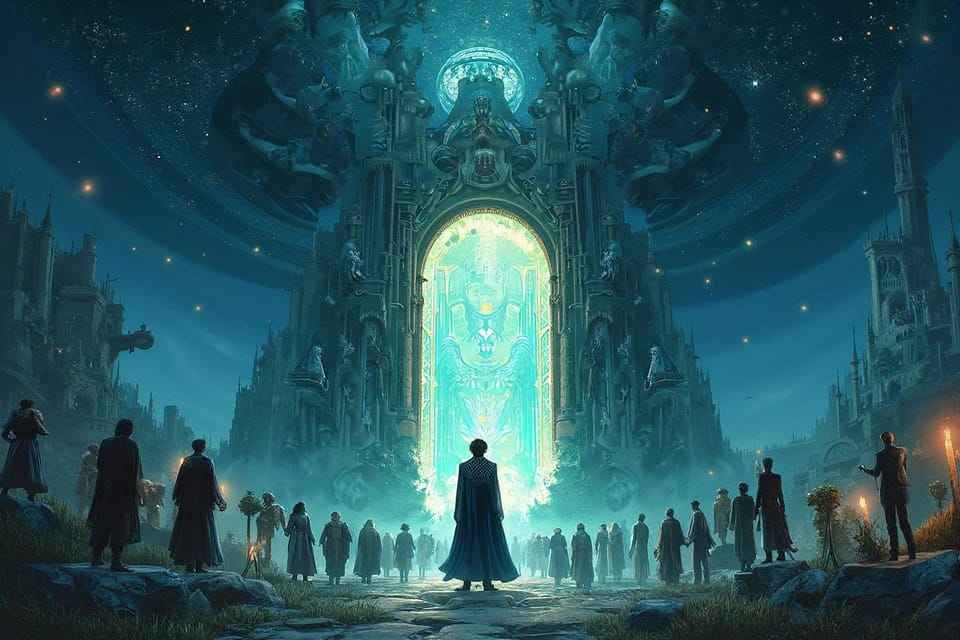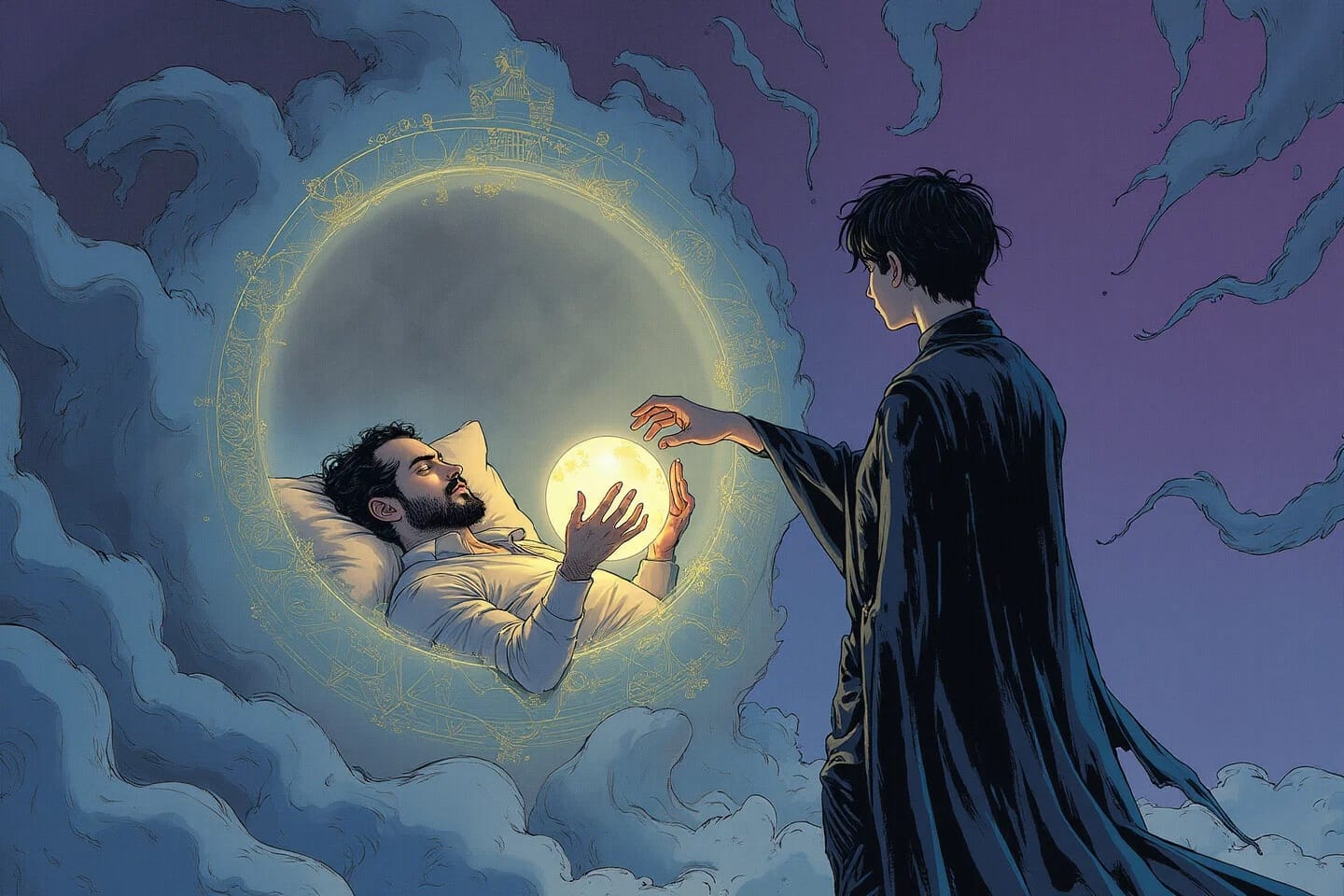Chapter 1.2: Repeat Offenders

People who like to dream can’t help but go looking for good kind of trouble. They’ll see a gap in the map and feel an itch to fill it. New places, new people, new risks - they chase them not because they’re bored, but because standing still feels worse.
Half the time they’re figuring it out as they go, collecting wins, losses, and stories along the way. For them, adventure isn’t about escaping reality - it’s about stretching it.
That’s also why some of them drift into the wannapreneur trap - chasing ideas the way kids chase fireflies, all glow and no light. But every so often, one of them stumbles onto the right problem at the right time, pushes through the chaos, and somehow turns that restless energy into a real business.
The thing is, for most, that kind of success only happens once. Lightning strikes, the stars line up, and suddenly they’re a “founder” in every bio. But building a business once and building them over and over are two entirely different games. Very few people can do it repeatably - they’ve learned the patterns, taken the hits, and somehow built a playbook that actually works more than once.

There’s a real skill in turning dreams and aspirations into something you can actually touch, use, or sell. Anyone can imagine a better product, a clever app, or a company that “changes everything.” The hard part is dragging that vision out of your head and into the messy, resistant reality of the world - where suppliers go silent, customers don’t care, and cash burns faster than you thought possible. That’s where skill separates dreamers from builders.
It’s not a single talent, either. It’s a mix of timing, decision-making, and the willingness to be wrong a lot without losing momentum. It’s learning how to translate your idea into words other people can rally around, then figuring out the sequence of steps that makes it real without killing it in the process. It’s knowing when to hold the line on your vision and when to compromise so it survives.
The people who can do this consistently aren’t just “lucky” or “inspired” - they’ve built an internal toolkit from trial and error. They know how to assemble the right team, find the right customers, and keep moving even when the easy wins are gone. That’s the craft: taking something fragile and imagined, and making it sturdy enough to live in the real world.
The first and best book I ever read about this skill was The Four Steps to the Epiphany by Steve Blank. It’s not a motivational read - it’s a manual, and like most good manuals, it’s a little dry until you realize it’s quietly rewiring how you think about building a business. Blank’s core point is brutally simple: startups aren’t smaller versions of big companies, and if you try to run them like one, you’ll burn out or flame out.
The book lays out the “Customer Development” process - four deliberate stages that move you from an untested idea to a repeatable, scalable business model.
First, you search for a real problem worth solving (Customer Discovery). Then you prove that your solution actually fits and that people care enough to pay for it (Customer Validation). Only after you’ve nailed that do you move to scaling (Customer Creation) and building the organizational muscle to sustain it (Company Building).
What makes it powerful is that it forces you to admit you don’t know what will work yet - and to act accordingly. Instead of pouring money into marketing or hiring like you’re already a winner, you’re running experiments, gathering evidence, and iterating until you have something solid. It’s not as romantic as “follow your passion,” but it’s the playbook for turning passion into something that lasts. And for anyone serious about making the leap from dreaming to building, it’s still one of the most useful books out there.

The truth is, very few people are good at all four stages of the Customer Development process. Some excel at Customer Discovery - they’re naturals at spotting patterns, asking the right questions, and uncovering hidden needs. But hand them Customer Validation and they stumble, selling and proving a market exists isn’t their strength. Others can execute Customer Creation brilliantly, scaling demand and building momentum, but they’d get lost if you dropped them back into the uncertainty of early discovery. And Company Building - turning a scrappy startup into a well-run organization - is a completely different skill set, one that many visionary founders openly dislike.
This is why repeatable success is so rare. It’s not enough to be great at one or two stages - you either need to grow into the others or surround yourself with people who can carry the weight where you can’t. The founders who keep winning aren’t magically talented in everything, but they understand exactly where they shine and where they don’t, and they build teams to cover the gaps. Without that self-awareness, even the best idea gets stuck somewhere in the process, dying quietly before it ever becomes the company it could have been.
Making your dreams a reality is hard. It is even harder choosing which dreams to leave aside and which to pursue.
For many dreamers, it’s simply easier to stay in the safety of imagining than to wrestle with the grind of making those dreams real. Talking about ideas feels good. You can polish them endlessly in your head, collect feedback from friends, even post about them online and get applause without ever risking failure.

This is why wannapreneurship is everywhere now - it’s a low-stakes way to feel like you’re building something without actually building it.
And the environment feeds it.
Subsidies, grant programs, and an abundance of different startup financing mean there’s more fuel than ever for people to keep playing in the “idea” stage.
On the surface, that’s a good thing - it lowers barriers and encourages more people to try. But it also means you get a flood of half-baked ventures that were never stress-tested against reality, because the system made it possible to skip the hard parts for a while.
That’s not entrepreneurship, it’s theater. And like any theater it is full of actors. Actors that can become familiar and who you might feel comfortable around enough to never try the challenge of actually trying to make your dream come true.

